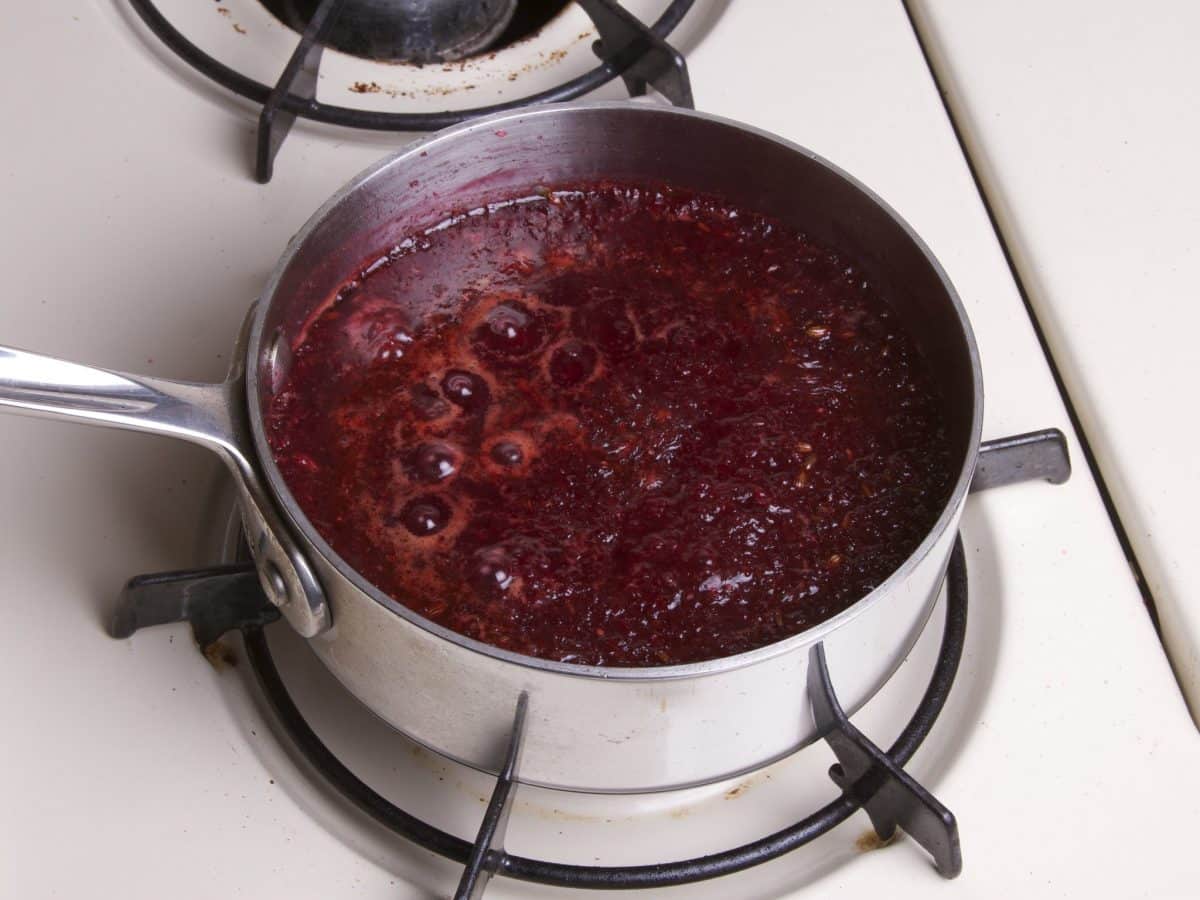To reduce a liquid in cooking means to cook it down to decrease its volume, concentrating its flavor and texture in the process.
Reduction can also help to intensify the color of a sauce and to balance flavors by removing some of the watery or bitter elements. The process of reducing liquid is commonly used in sauces, soups, broths, and other dishes to enhance their taste and texture.
To reduce a liquid, you simmer it, uncovered, until the desired consistency is achieved. Simmering means cooking a liquid at a temperature just below boiling point (around 180°F to 200°F) with occasional small bubbles breaking the surface, while boiling is a more vigorous process with rapid bubbles and a rolling boil. Simmering gently allows the liquid to cook down slowly, concentrating its flavors, without boiling off too much liquid too quickly or burning the bottom. This process evaporates the water and increases the concentration of flavors in the remaining liquid, producing a thicker and more flavorful sauce. Stirring occasionally and monitoring the temperature is important to ensure that the liquid does not boil over or burn.

